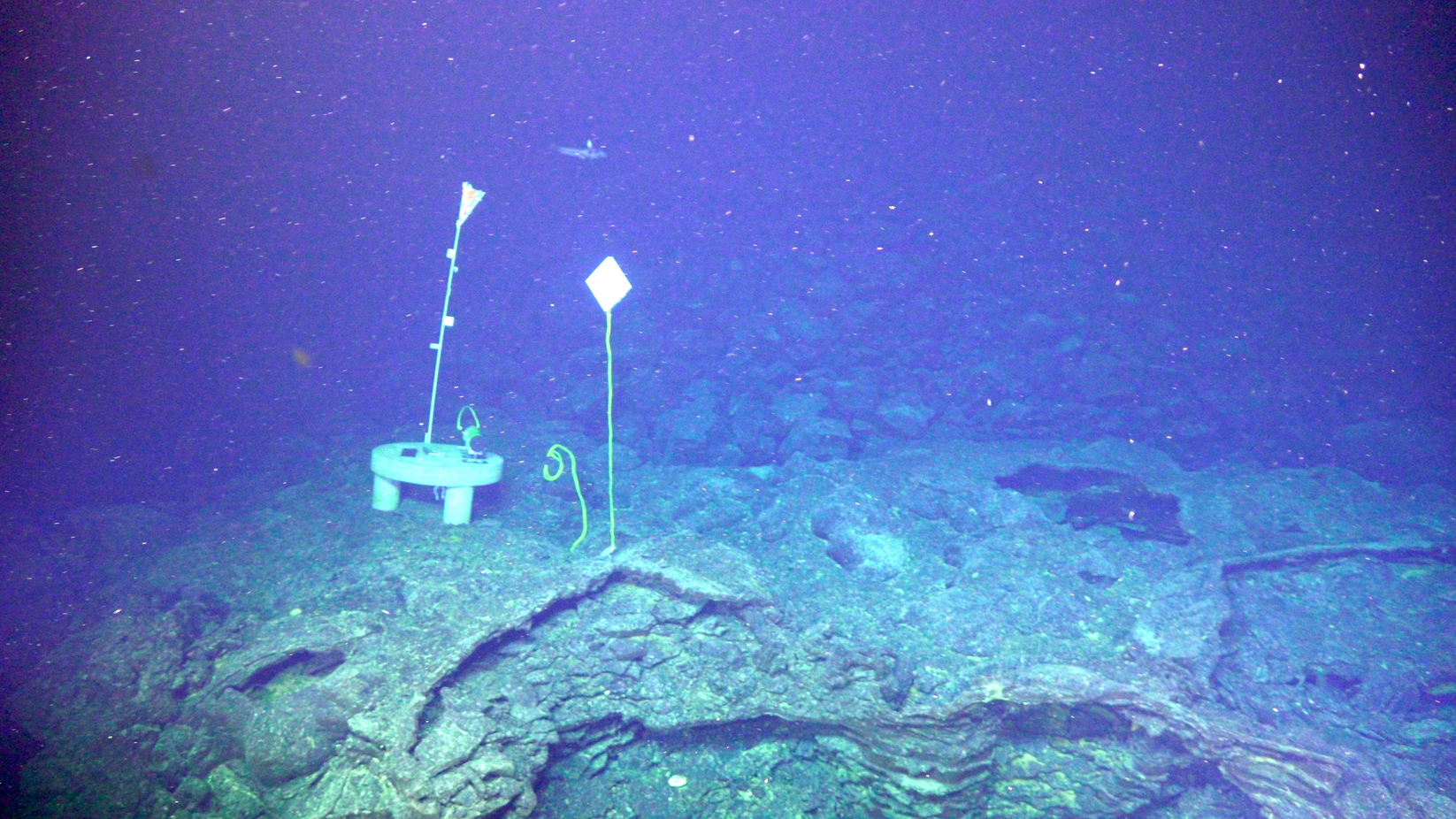
Explore the Underworld: Coolest Spelunking Trips
Natural Bridge Caverns, Texas
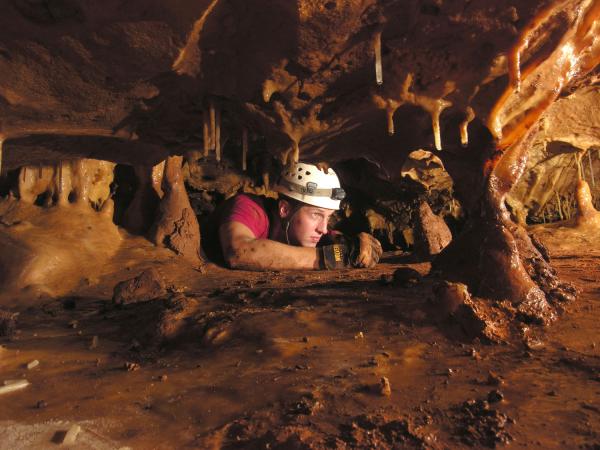
Back in 1960, four college spelunkers journeyed below a 60-foot (18-meter) natural limestone bridge between San Antonio and New Braunfels and discovered Natural Bridge Caverns. Today, adventurous visitors can experience what it was like for those original explorers. On the park's Adventure Tours, guides will lead cavers as they climb, hike, rappel and explore on an excursion that's free of concrete and handrails only the light of your helmet will illuminate the way.
This is not for the weak-hearted, says the cavern's website. Cavers are outfitted with caving gear and lowered by rope through a 160-foot- (49-m-) deep well shaft and then continue on for an approximately 1-mile journey to 230 feet (70 m) below surface level to the Fault Room, which features one of the longest soda straw formations in North America at 14 feet (4 m) in length.
Carlsbad Caverns, New Mexico
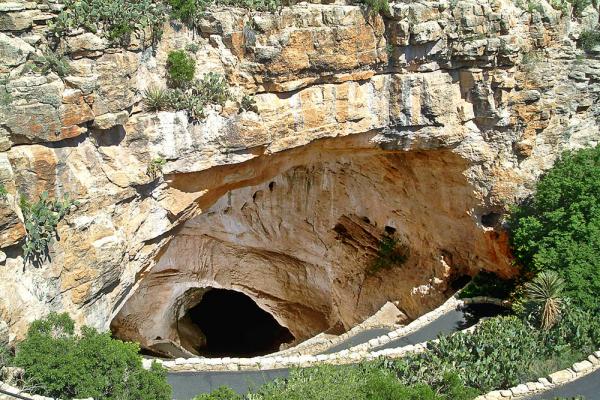
The most famous of all the spectacular features at Carlsbad Caverns National Park are the caves, with the park's namesake being the most famous. This cave receives more than 300,000 visitors each year, attracting people seeking a rare glimpse of fascinating underground worlds.
Guided tours for all skill levels are available from the self-guided areas of the 8.2-acre Big Room to crawling through narrow passageways in the Hall of the White Giant or in Spider Cave.
The Natural Entrance, pictured above, is also impressive, and may be more difficult to explore due to the steepness of the trail. The weather in the cave is a mild 56 degrees Fahrenheit (13 degrees Celsius) year-round so a light jacket and comfortable shoes with rubber soles are all that's needed.
Lost Sea Wild Cave Tour, Craighead Caverns, Tennessee
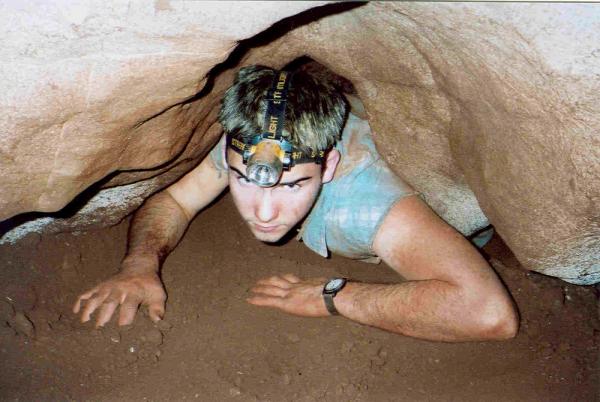
Anyone can stroll into a cave, but do you have what it takes to spend the night in a cave's deep, dark recesses? Deep under Sweetwater, Tenn., the Lost Sea is the largest underground lake in the United States and second-biggest in the world. The caverns are filled with crystal clusters, stalagmites, stalactites, eerie rock formations and an underground waterfall. In these caverns ancient jaguar once roamed, moonshine was made, and saltpeter was mined for gunpowder by Confederate soldiers.
At the Lost Sea, those brave enough to take on a guided Wild Cave Tour into the undeveloped cave rooms will crawl through cracks, crevices, nooks and crannies (advanced reservations are required). On this tour cavers will see many geologic formations such as anthodites (cave flowers), which are so rare that the Lost Sea contains 50 percent of the world's known formations.
Oh, did we mention this tour is overnight? Sleep tight!
El Capitan Cave, Alaska

A chilly 40 degrees F (4.4 degrees C), wet and muddy conditions are the norm at El Capitan Cave in southeast Alaska. El Capitan is the longest mapped cave in Alaska. More than 2 miles (almost 4 kilometers) of passage have been mapped from the main entrance. To get down below, explorers must first traverse a strenuous 1,100-foot (335-m) hike up a steep 367-step stairway to an elevation of 250 feet (76 m) to reach a platform at the mouth of the cave.
About 200 feet (60 m) inside the cave a steel gate (with bat access) has been installed to prevent vandalism and inadvertent damage to cave features. Guided cave tours beyond the gate are available in summer months by reservation.
Like many caves, El Capitan Cave's managers are concerned about the spread of White Nose Syndrome in bats, a fungus that is thought to be decimating their numbers. Many parks have laid out strict guidelines for cavers, and many caves have even closed to the public to try and stop the spread.
Cosmic Cavern, Arkansas

Cosmic Cavern is one of Arkansas' hidden treasures. During guided tours of the cave, visitors will see two bottomless cave lakes the end of these lakes has yet to be found.
The cave is also home to the newly discovered Silent Splendor, which houses one of the longest soda straw formations in the Ozarks measuring over 9 feet (2.7 m) tall.
Cosmic Cavern is also the warmest cave in the Ozarks at 64 degrees F (18 degrees C) and 96 percent humidity, so you'll feel warmer than it really is on your journey.
Fantastic Pit at Ellison's Cave, Georgia
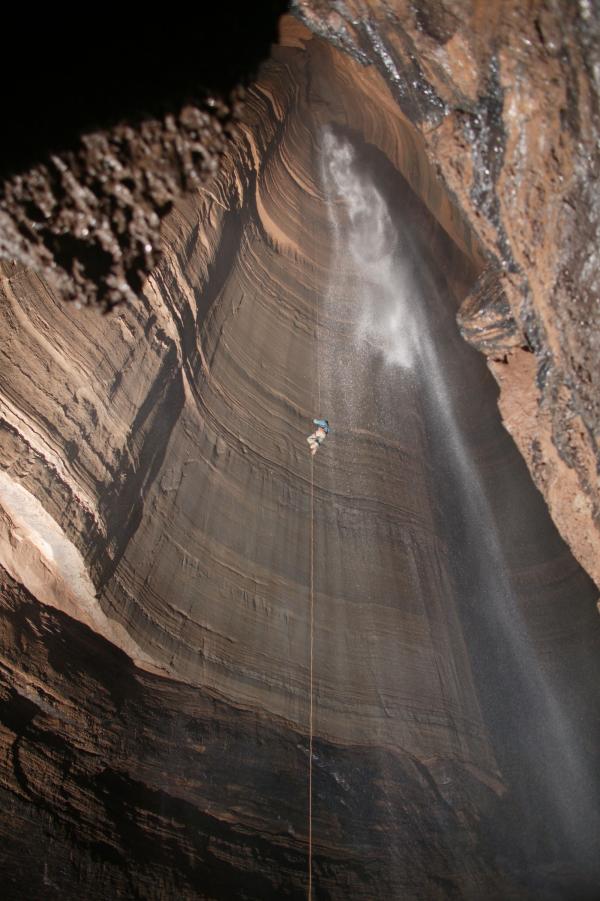
If you're ready for some real adventure, grab your repelling gear and head south to Ellison's Cave in Georgia, home to one of the most amazing vertical drops in the world.
At 586 feet (179 m) deep, Fantastic Pit is the deepest freefall pit in the lower 48 United States and is big enough to hold the Washington Monument, which stands over 555 feet (169 m) tall.
Ellison's cave is part of the TAG region Tennessee, Alabama and Georgia where some of the most exciting caving can be found.
Great Blue Hole, Belize
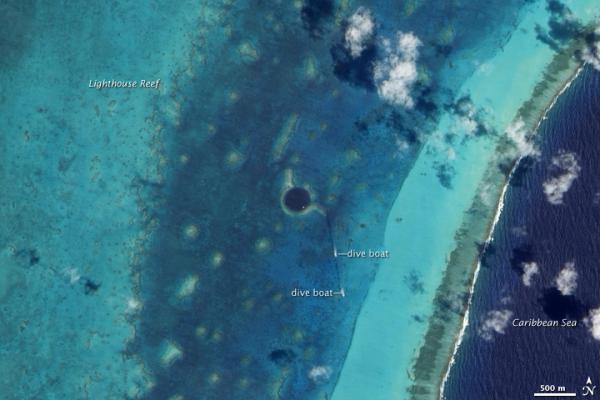
There are other ways to explore caves beside walking, crawling or rappelling. Strap on the scuba gear in Belize and dive into the Great Blue Hole (above, center), a stunning cavern set in a ring of corals. This vertical cave measures 1,000 feet (305 m) across and 412 feet (126 m) deep. Those that visit will find giant stalactites, dripstone sheets and columns that formed during glacial periods when the cavern was dry and above sea level.
Great Blue Hole, located within Blue Hole Natural Monument, is about 55 miles (89 km) east of Belize City. Several outfits offer tours to the popular dive spot.
Get the world’s most fascinating discoveries delivered straight to your inbox.
Glenwood Caverns Wild Tour, Colorado

For thrill seekers only. This three-hour guided tour goes deep into rarely visited parts of the Glenwood Caverns. You'll be on your belly, crawling, squirming and wriggling through tight spaces as small as 18 square inches (116 sq cm). Make it through and behold spectacular cave formations that your claustrophobic friends will never see. Reservations required.
Vancouver Island Caves, British Columbia, Canada

You don't have to be an adrenaline junkie to go caving. If you're looking for some spelunking for kids, Horne Lake caves in Canada is a great spot for families. The area's warmer climate and geology have produced ancient limestone caves with rich detail and formation.
Horne Lake caves are found in Vancouver Island, British Columbia, which has the greatest number of caves in Canada. These caves are also better suited for a family adventure, since they aren't as cold and muddy as the ones found in the Rocky Mountains.
The best time for caving here is in the late spring, summer and fall. Snowfall can limit access to some roads in winter and make it treacherous to hike to the caves.
Waitomo Glowworm Caves, New Zealand

For a unique caving experience, there's no place better than the Glowworm caves of Waitomo, New Zealand. The Waitomo glowworm, Arachnocampa luminosa, is unique to New Zealand. As visitors explore the caves on guided tours, thousands of these tiny creatures radiate their unmistakable luminescent light.
